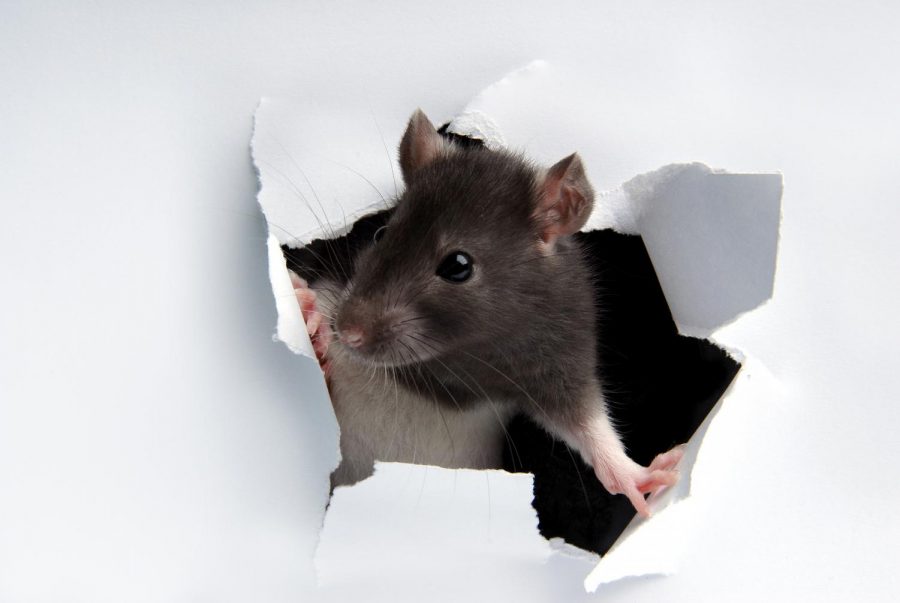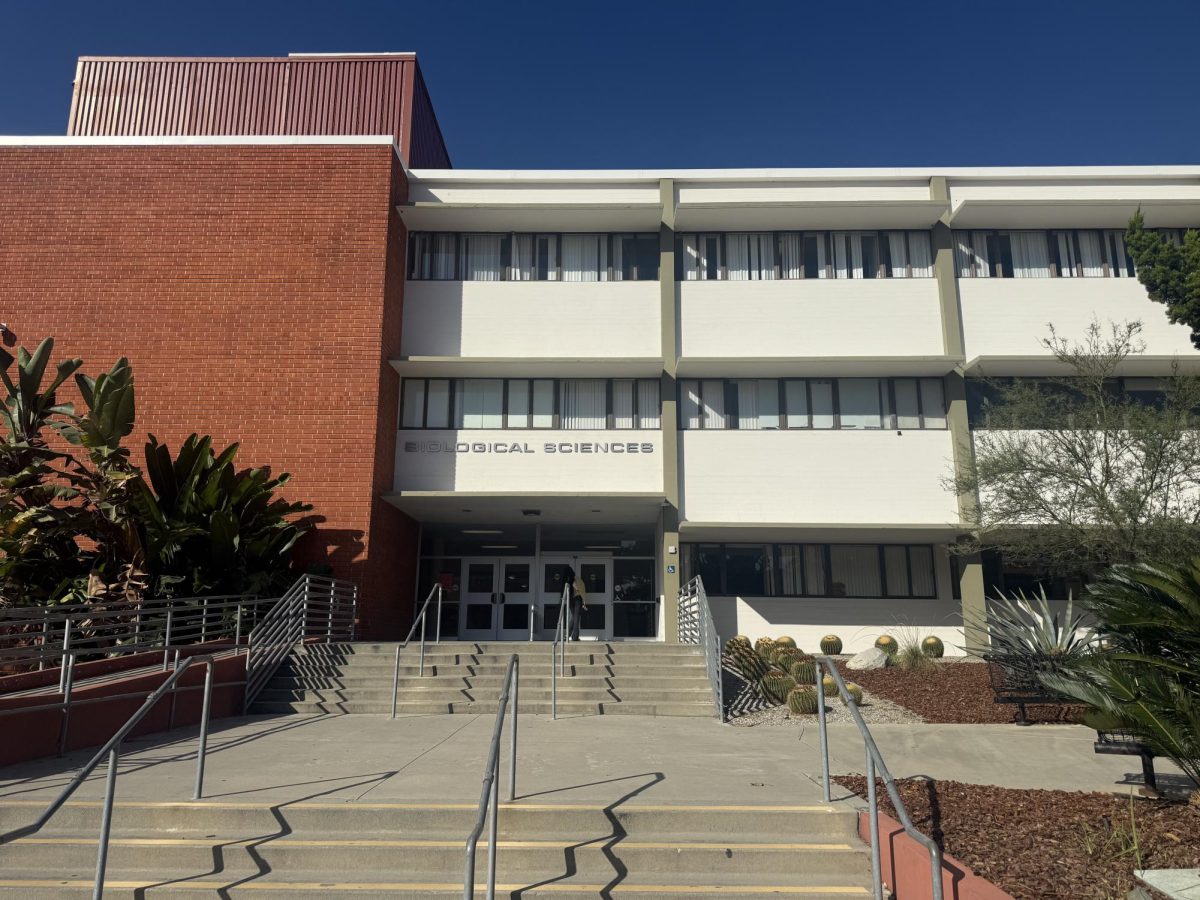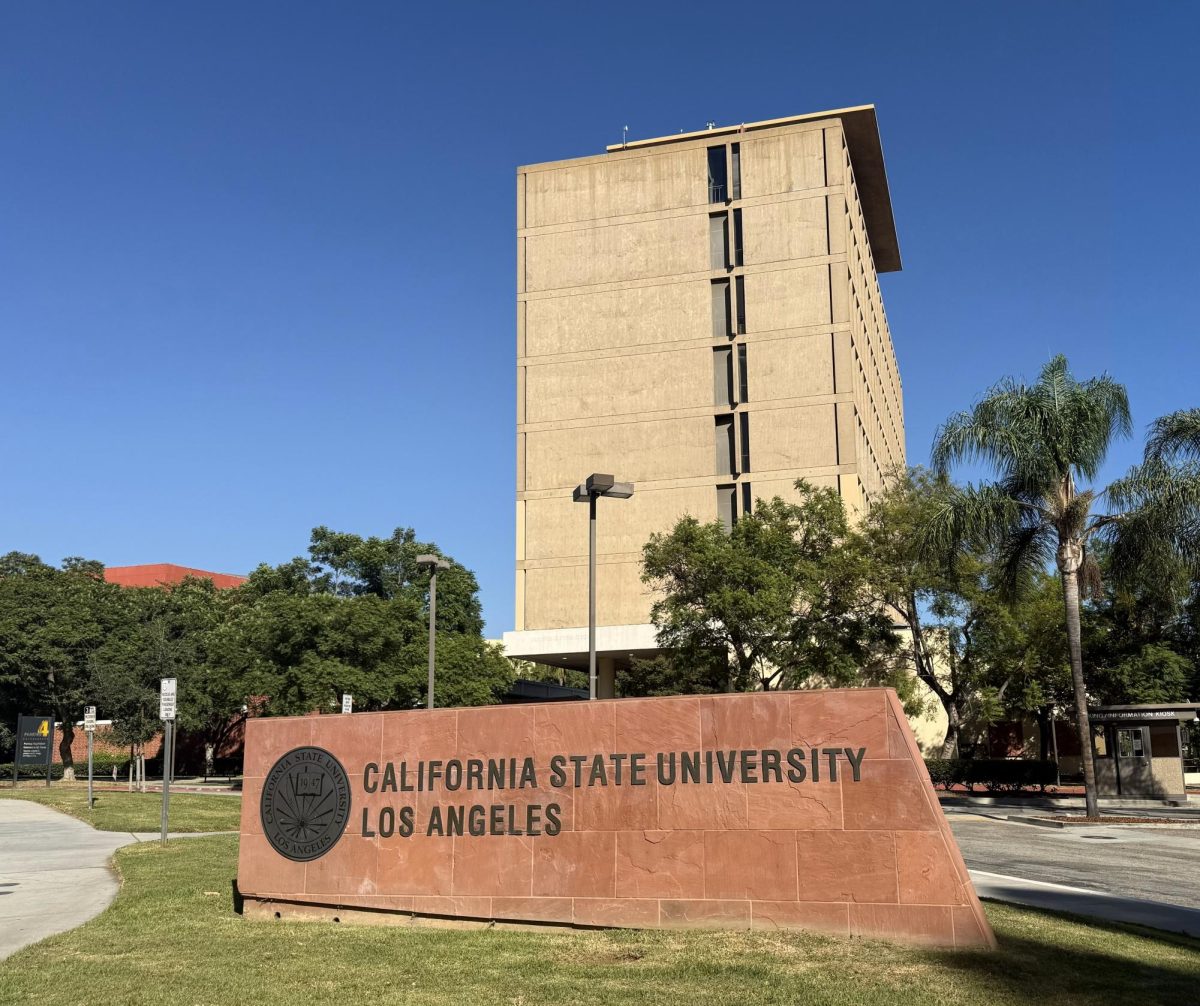Rodent feces that fell from a loose ceiling tile was discovered in the basement of the Biological Sciences building early last week.
Richard Billick, a lab technician, said he opened up Biological Sciences (BS) room 39 and discovered a fallen ceiling tile. As he was cleaning, Billick noticed dry rodent feces among the debris.
The UT obtained information and photos from the Instagram account of @calstatelatruth that showed there were around 35 pellets of droppings. The Instagram account has since been deleted earlier this month.
By the time officials from Campus Facilities Services were notified and arrived, Billick said he had already cleaned up the feces using gloves and disinfectant. Facilities arrived the next day to put new tiles in, according to Billick.
Facilities Services Director Michael Murray assured the UT that the school is taking rapid action. On Tuesday, Oct. 8, pest control specialists will inspect the BS building basement. They will “clean up rodent droppings and address any concerns connected to the droppings,” stated Murray in an email.
New tiles and washers will be installed “to secure the entire ceiling and paint the ceiling” in the affected rooms, while other rooms will be inspected and additional repairs will be made if necessary, according to Murray.
“After this initial action is completed, we will develop a plan to install a new ceiling and lighting in [BS] room 39 and begin working with a contractor to inspect the ducts throughout the building and determine whether crews need to clean the entire ductwork system,” he added.
The Centers for Disease Control and Prevention (CDC) warns that rodents spread several diseases across the globe. One way to catch disease is exposure to their feces. The CDC provides proper steps on their website on how to clean droppings properly which involves wearing rubber gloves, using disinfectant and utilizing paper towels.
When told about the findings in the BS building, Kim Hines, operations manager at All Star Animal Trapping, an animal control company, said the rodent is most likely a mouse or rat.
“It’s not a cause for great alarm,” she said in a phone interview.
Hines explained the amount of feces found does not indicate a severe infestation. In her experience, similar incidents can involve only one-to-four rats on average. She warned for precautions to be taken, however.
“The population will continue to grow if it’s not resolved,” Hines said. “At any point when you see signs of rats inside of a structure, you want to take action.”
Taking action would consist of sealing access points so rodents can no longer penetrate the building. Such entry points can include holes in outside vent screen doors.
Along with preventing further penetration, trappings should be set up inside the building because once entry points are sealed, the rats already inside will have no exit. As a result, they’ll go hungry and won’t be able to resist traps. Once trapped, the rats may be removed from the structure.
“If you don’t do trapping, they’ll die [while still inside],” said Hines. “Then they can smell. So the goal is to trap them.”
Facilities Services did not respond by deadline about whether trappings specifically will be used.














